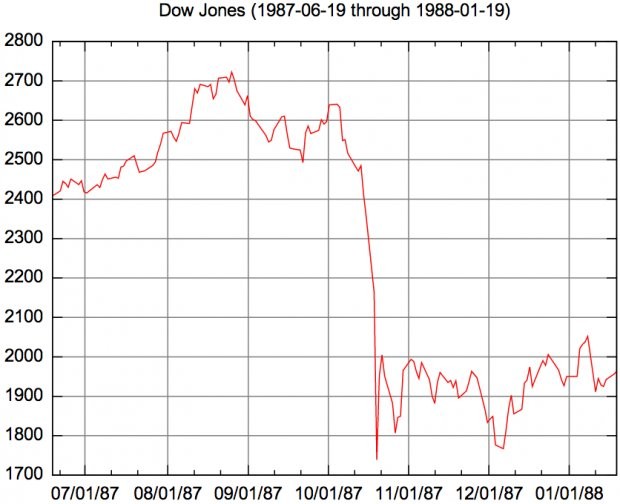Kass Fair Market Value Update
Post on: 14 Июль, 2015 No Comment

Exclusive FREE Report: Jim Cramer’s Best Stocks for 2015.
This column originally appeared on Real Money Pro at 7:00 a.m. EDT on Oct. 29.
I am concerned that, come the fourth quarter of 2012, the emerging freeze in capital spending orders will reverberate through the production channel and become a freeze on job creation, creating a rippling and negative impact on domestic economic growth. And, while the Fed chairman has our back , I am less optimistic that most that the Fed’s actions will result in the intended benefits.
Indeed, I believe that more easing could have a negative aggregate impact on the trajectory of the domestic economy. Some of the potential unintended consequences of another bout of quantitative easing include higher commodities prices. especially of an energy kind. as well as putting more pressure on the savings class.
With the likely projected course of domestic growth still subpar over the next two quarters, the recovery remains vulnerable to any of a number of external shocks, which could include Draghi not being able to deliver a recipe to reduce sovereign debt yields(and/or a coordinated growth plan for the eurozone), an Iran-Israel confrontation (and its unfavorable impact on gasoline prices), a Democratic presidential and Senate victory (seen as business- and market-unfriendly) and a harder-than-expected deceleration in China’s economy (that would likely result in a sharp drop in commodities and a curtailment in China’s participation in buying U.S. debt).
As mentioned in my last fair market calculation, the growth risks continue to be on the downside.
To summarize, in large measure, the worsening macroeconomic situation in Europe, China and the U.S. is leading me to modestly reduce my calculation of the S&P 500’s fair market value from 1415 to 1390, which is about 1% below the cash level at Friday’s close of trading (1407).
— Doug Kass, Fair Market Value Update (Sept. 4, 2012)
As seen above, the last time I did this exercise in early September, I projected the fair market value of the S&P 500 at 1390, and I anticipated that the range of the S&P for the last four months of the year would be between 1300 and 1420.
The S&P breached the top of my projected range by about 55 points and currently resides at 1411, or within 20 points of my previous fair market value. (So far, so good!)
Today I am slightly raising my fair market value calculation from 1390 to 1415. (S&P cash closed on Friday at 1411, basically on top of my fair market value.)
As discussed in my The Business of Politics column last week, I expect, depending on the closeness of the November election, for the S&P to be in the range of 1375 to 1460. We are stuck in the middle today.
As I look toward the balance of the year, I am certain that uncertainty will be the operative word.
It remains my view that the challenging earnings landscape represents the principal enemy to the U.S. stock market.
The slowdown in global economic growth has reduced top-line sales to an anemic rate of growth during a time when cost increases are eclipsing modest revenue growth. The result is that profit margins, already near 60-year highs and more than 300 basis points above the long-term trend line, are vulnerable. A mean reversion in corporate profit margins has been a constant theme of mine over the past 12 months. The most vulnerable sectors include materials, industrials, energy and technology — namely, those areas that are tied to global growth.
Slowing sales and a contraction in margins is why my baseline expectation is for well-below consensus 2013 S&P 500 profits of about $100 a share or less (again, depending on the closeness of the election). This compares to the top-down consensus of $108 a share and bottom-up consensus of $113 a share.
What has been the recent trend in sales and profits?














